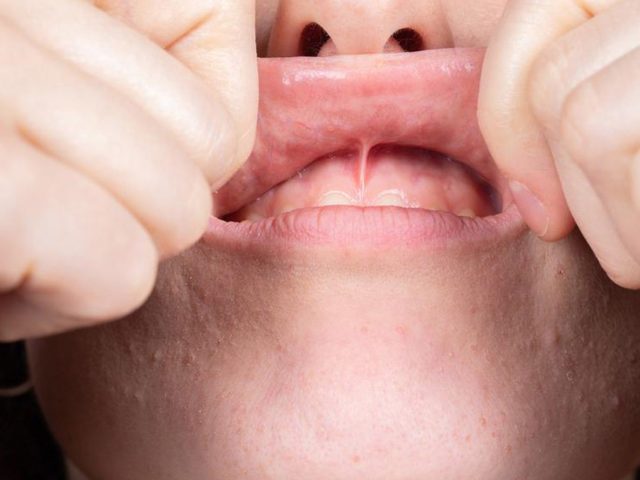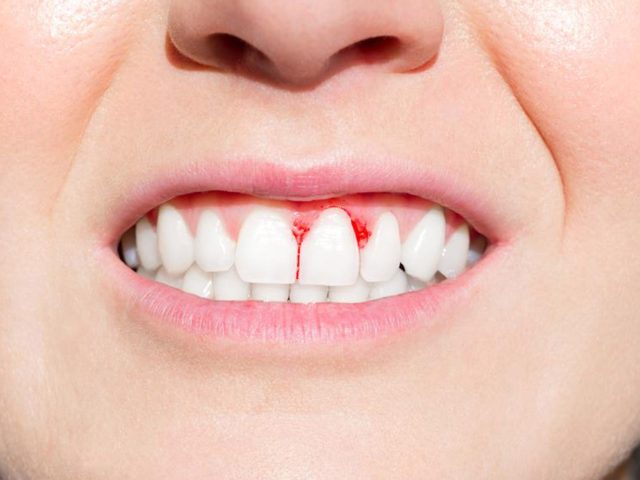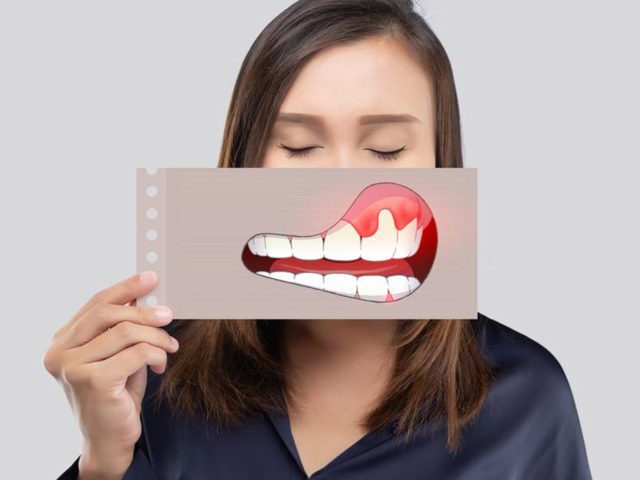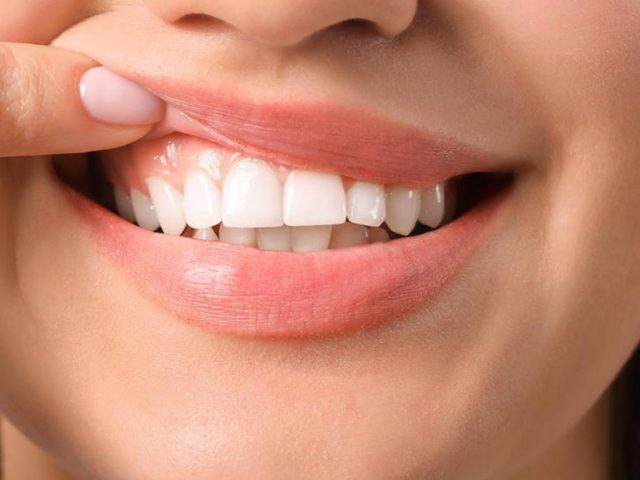

Gum Treatments (Periodontology)
Gum is the tissue surrounding the teeth and the jawbone. The treatments of the tissue that surrounds the jawbone and teeth and allows the teeth to hold in the jawbone are defined as gingival treatments (periodontology). Periodontology deals with determining the diseases that occur in the gingiva, the treatment of gingival diseases and the post-treatment part. Dentists who have expertized in this field are also called periodontists.
What Does Periodontology Deal With?
The tissues surrounding our teeth are very important for our oral health. These tissues are both hard and soft. Gum diseases may not be noticed immediately because they do not always show symptoms.
Gum diseases can lead to dangerous situations. Some gum discomforts can cause serious infections or tooth loss. Gingivitis can lead to the resorption of the jawbones. To prevent such situations, it is very important to control gum diseases and early diagnosis.
Gum diseases are detected in the field of gingival treatments (periodontology). An appropriate treatment method is selected and applied. Then, efforts are made to protect oral health when the treatment phase is over. In our clinic, you can meet your gum treatment needs with a competent periodontist.
Symptoms of Gum Diseases
Before applying to our specialists in the field of gingival treatments (periodontology), our patients most often come to our clinic with complaints of gingival bleeding. Apart from this, the most common symptoms are swelling and redness of the gums.
Gingival recessions and sensitivity, shiny surface of the gums, itching, gums that are easily separated from the teeth, discharge, a bad smell and taste in the mouth, and loosening of the teeth are among the indicators of gum diseases.
How Do We Treat Gum Diseases?
Early diagnosis of gingival diseases is very important to avoid larger health problems. The most frequently used early treatment methods include calculus cleaning and plaque removal.
Some gum diseases may be too advanced to be treated with these methods. In such cases, we resort to surgical periodontal treatments. In these treatments, a deeper scaling is performed and a smooth root surface is aimed. Our surgical treatment methods include subgingival curettage on inflammation removal, gingivectomy that shapes the gingival margins and prevents growth, and flap operation used in cases such as bone resorption.







